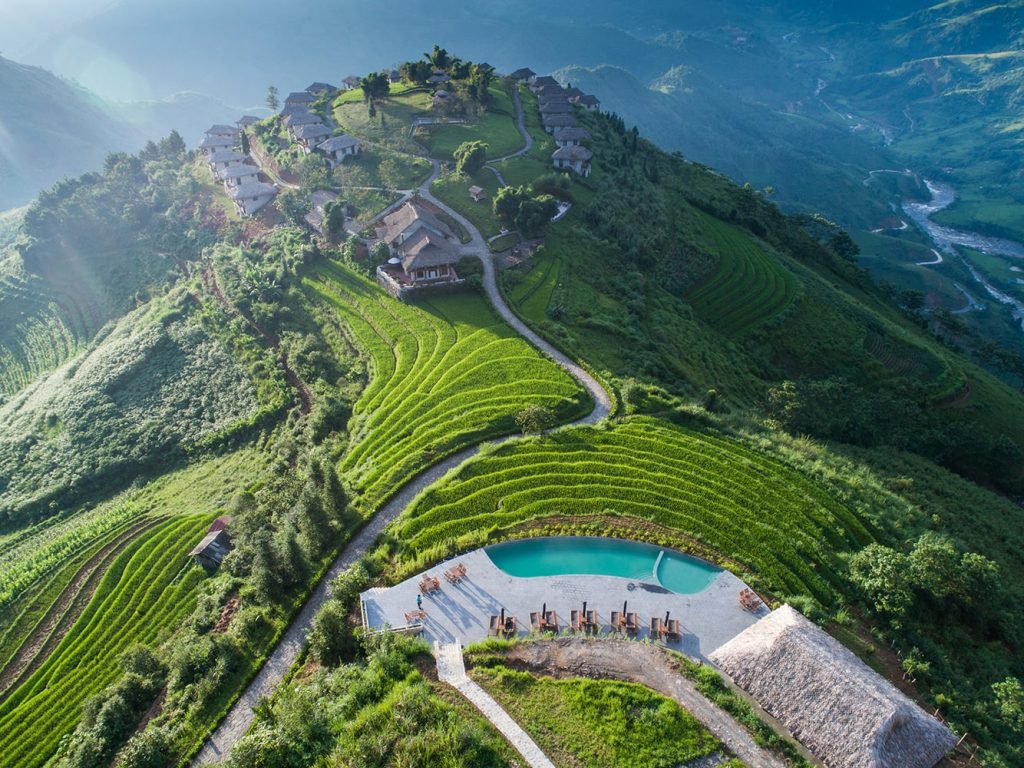
Oil prices jumped 1% during Sunday night trading — building on Friday’s gains — as tensions in the Middle East escalated over the weekend.
Following Thursday’s death of top Iranian commander Qasem Soleimani, on Sunday an Iranian state-run television broadcast said that the nation would no longer respect uranium enrichment restrictions set forth in 2015’s nuclear deal.
International benchmark Brent crude gained 1.5%, to trade at $69.61 per barrel, while U.S. West Texas Intermediate climbed 1.5% to $63.99 per barrel.
On Friday Brent hit a more than three month high of $69.50, before settling at $68.60. Meantime WTI rose to a session high of $64.09 — its highest level since April — before pulling back to settle at $63.05, for a gain of 3.06%.
Iran has vowed to retaliate against the U.S., and the form that this retaliation takes will determine oil’s next move, according to Wall Street analysts. For instance, if the nation targets production in Saudi Arabia or Iraq — OPEC’s two largest producers — prices could move higher for longer.
On Friday, Citi global head of commodity research Ed Morse said that Brent prices will top $70 in short order, while Again Capital’s John Kilduff said that if Iraq production takes a hit “oil prices will spike higher.”
Iraq is OPEC’s second largest oil producer, pumping around 4.6 million barrels per day in December. On Sunday the Iraqi parliament passed a resolution calling for an expulsion of foreign troops, which raises question about the future of the allied mission that has successfully fought the “Islamic State,” or ISIS, in recent years.
Helima Croft, RBC’s global head of commodity research, noted that in the past a geopolitical event of this nature would have caused a larger spike in oil, which demonstrates how resilient prices have become to geopolitical tensions.
This resiliency was on display in September after drone attacks on Saudi Arabia’s oil facilities in Abqaiq and Khurais took an estimated 5.7 million barrels of oil offline. While oil initially spiked 8% and climbed higher, prices ultimately drifted back down and a few weeks later were back at pre-attack levels after Saudi Aramco quickly restored production.
But this time around prices could stay elevated for longer, given tight supply and a historically weak part of the year for oil.
On Friday Eurasia Group raised its 2020 high-end base case oil target to $75 per barrel, based on “rising risk to oil infrastructure in the region.” If conflict breaks out, which the firm’s Middle East and North Africa head of research Ayham Kamel places at 30% likelihood, prices could climb as high as $95.
Citi said that other possible retaliations could be “attacks on pipeline oil flows or shipping through either the Strait of Hormuz or the Red Sea,” through which more than a fifth of the world’s oil supply flows.
Thursday’s airstrike comes following an especially strong fourth quarter for oil, which saw OPEC+ announce deeper-than-expected production cuts in December, and as easing trade tensions led to upbeat outlooks for demand.
WTI gained 10.68% in December — its best month since January 2019 — and 12.93% for the quarter. It’s 34.46% gain for the year was its best since 2016. Brent gained 5.7% in December and 8.59% for the quarter. It also had its best year since 2016, gaining 22.68%.
Carter Braxton Worth from Cornerstone Macro said WTI looks set to reach $72 per barrel, and that investors should “embrace” the pop. “It will be right to play energy stocks on the long side in the weeks/months again,” he said in a note to clients Sunday.
That said, analysts at Morgan Stanley said that “any further escalation could keep oil prices supported in the short term,” but that any gains could be short lived. The firm said it sees Brent closer to $60 rather than $70 for the year given “an oversupplied oil market in 2020 as a whole.”
– CNBC’s Michael Bloom, Amanda Macias and Spencer Kimball contributed to this report.

